Meet Jost Kobusch, the extreme climber who’s survived more close calls than you’ve had hot dinners. Whether he’s dodging avalanches on Annapurna or pitching a tent mid-earthquake on Everest, Jost has built a reputation for taking on the world’s biggest mountains solo, without oxygen, and often in the depths of winter.
In 2014, at just 21, he became the youngest person to summit Ama Dablam solo and unsupported. Since then, he’s racked up an intimidating résumé: a solo ascent of Annapurna I, a Piolet d’Or nomination for opening a new route on Nangpai Gosum II, and a history-making winter ascent of Denali via the Messner Couloir – making him the first non-American to pull it off.

But Jost’s obsession lies with Everest in winter, tackled solo, by a route almost no one else dares attempt. Across three attempts – most recently reaching 7540m on the notoriously dangerous West Ridge – he’s pushed further than anyone before.
Since it's the start of Everest season once again, we sat down with Jost to talk about the mindset behind his missions, what it feels like when the mountain starts shaking beneath you, and why chasing the summit is about more than just standing on top.
The day the mountain moved

“It’s like somebody applies a huge drill next to your tent and drills into the granite,” explains Jost Kobusch. He’s describing the shuddering of a 7.1 magnitude earthquake that hit Tibet, reverberated across the Himalaya, and triggered massive rock and ice fall on Everest. While he was climbing it.
“It’s very loud because all these rocks, everything comes down,” he goes on. His tone is matter-of-fact. He doesn’t sound at all shaken by an event that trembled the depths of the highest mountain on Earth.
The German alpinist had embarked on an already daunting project: to climb Everest, solo, without supplementary oxygen, in the dead of winter. And not by the usual route. It was a project so ambitious that it had already taken five years to progress.
Jost began in the winter of 2019/20, in temperatures so cold that the glue perished on his tent. He returned in 2021/22, when the jet stream continually blasted the mountain, shearing away snow cover and confining him to a shredded tent for three days.
On his most recent attempt, he set a new altitude record on his chosen route and was beginning a second foray when the tremor shook the Khumbu area.
Giant ice towers were demolished, exploding in a smoke of blown snow; loose or tenuous stones shaken free of the bedrock; masses of snow, ice and debris plummeted down the mountain. Where sat Jost, in his super-lightweight alpine one-man tent.
Why can’t I do that?
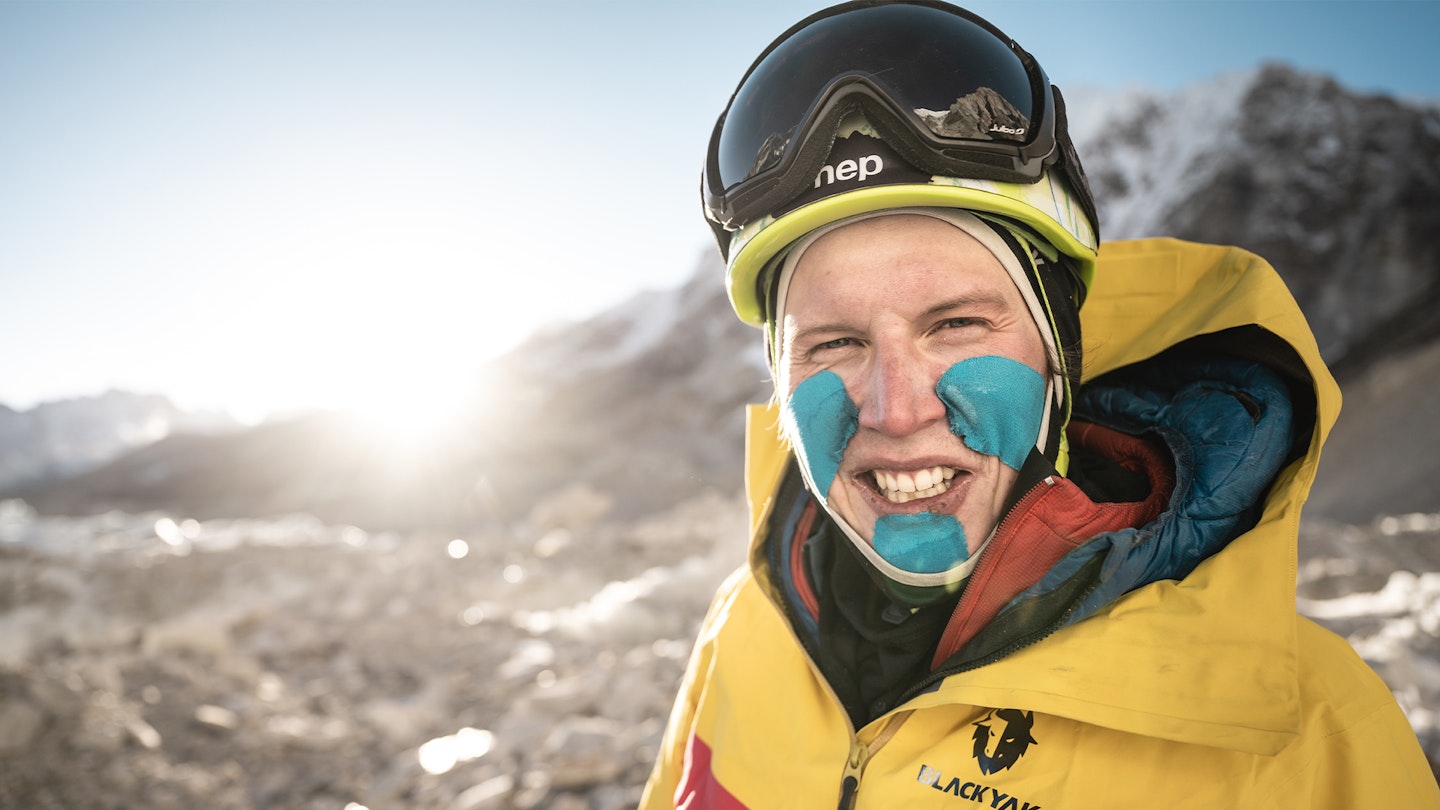
Jost Kobusch grew up in the flatlands of north-east Germany and as a child was afraid of heights. “I never got the silver swimming badge in primary school because, for that, you needed to do this 3m jump into the pool and I couldn’t do it,” he says.
Rather than accepting it, he became intrigued by that fear and joined a climbing club. “I was curious why I couldn’t do certain things. Why could everybody else jump? Apparently they don’t die, they don’t hurt themselves,” he says. “I felt like there was so much more life behind that fear.”
At 21, he climbed the 6812m Nepalese peak of Ama Dablam, solo and without bottled gas, becoming the youngest person to do so. The following year he was at Everest Base Camp, attempting to climb Lhotse (solo, no oxygen) when the 2015 earthquake hit, detonating an avalanche that exploded over the camp.
The recording he took on his phone went viral in hours. “The ground is shaking,” he marvels behind the screen, before the scene unfocuses and he sprints for shelter.
His climbs since then have included Annapurna I (8091m), Denali in winter (6191m) and the first ascent of Nangpai Gosum II (7296m), which gained him a Piolet D’or (Golden Ice Axe) nomination – hailed as the Oscars of alpinism. All solo, no oxygen.
“I can’t explain it,” he says. “There was just this mindset of wanting to do difficult things.”
I want to know what’s up there
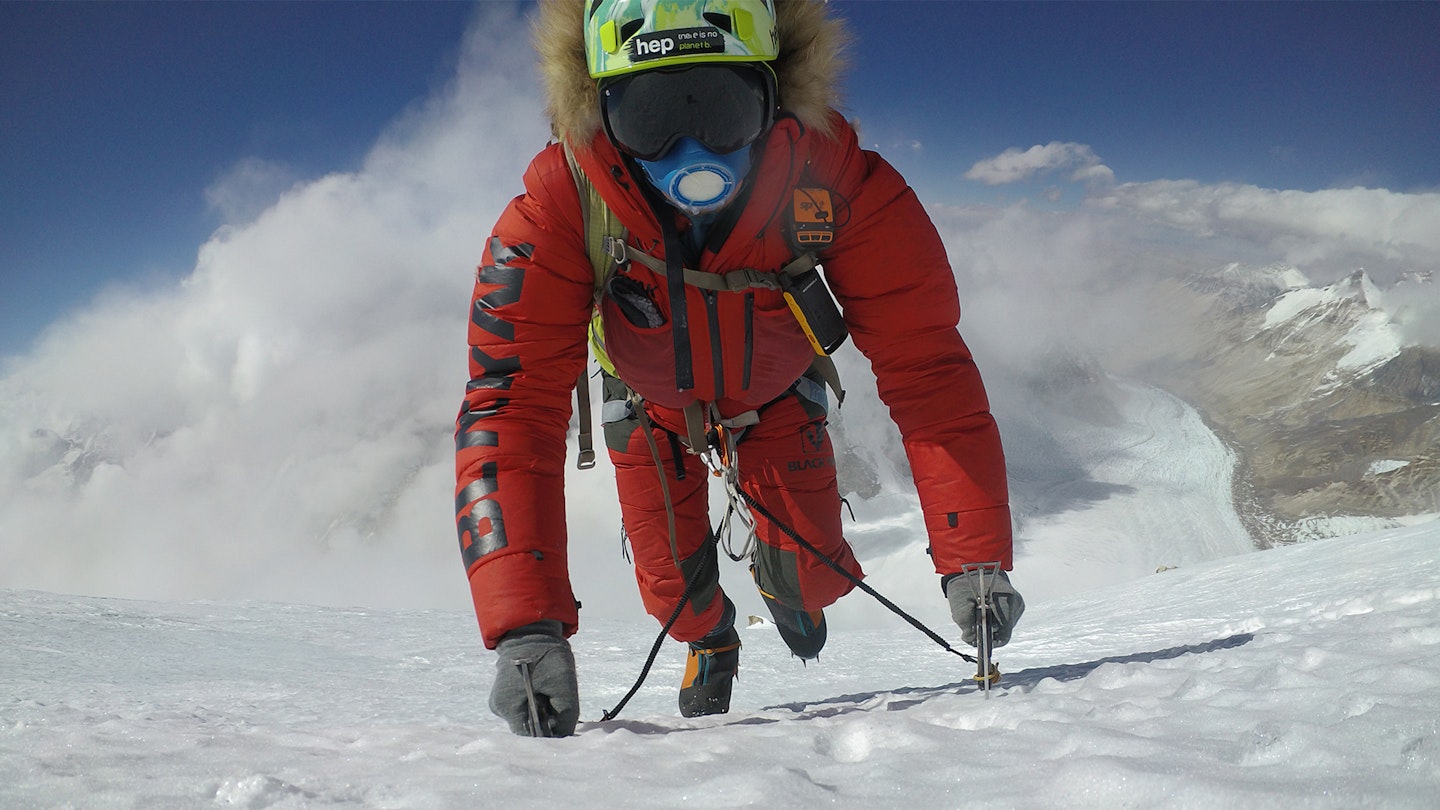
Even by the normal route, Everest in winter is a diabolical prospect. It is colder, windier, icier and – effectively – higher than at any other time. “Because of the very low temperatures there is less air pressure on the summit,” says Jost.
“There is a research paper that suggests that, in winter, the Everest summit is approximately equivalent to 9135m, rather than its true height of 8848m.” At that altitude, there is approximately 32% of the oxygen available at sea-level. The arrival of the subtropical jet stream in November also blasts the mountain with plummeting temperatures and hurricane-force winds.
A weather station positioned at 8430m on the Balcony, 418m below the summit, has recorded gusts of up to 66m per second (238kph) that may have gone higher – after that the sensors went offline. Mean wind chill temperatures average -61.2°C and wind speeds 65kph. In those conditions, not extreme for Everest, exposed skin will succumb to frostbite in about a minute.
What snow hasn’t been stripped away by the wind is also prone to sublimation. In the extreme cold and bright sunshine, snow vanishes into vapour, exposing the rock and diamantine ice beneath. “That combination of dry climate and strong wind creates very icy conditions, so it’s difficult to climb,” says Jost.
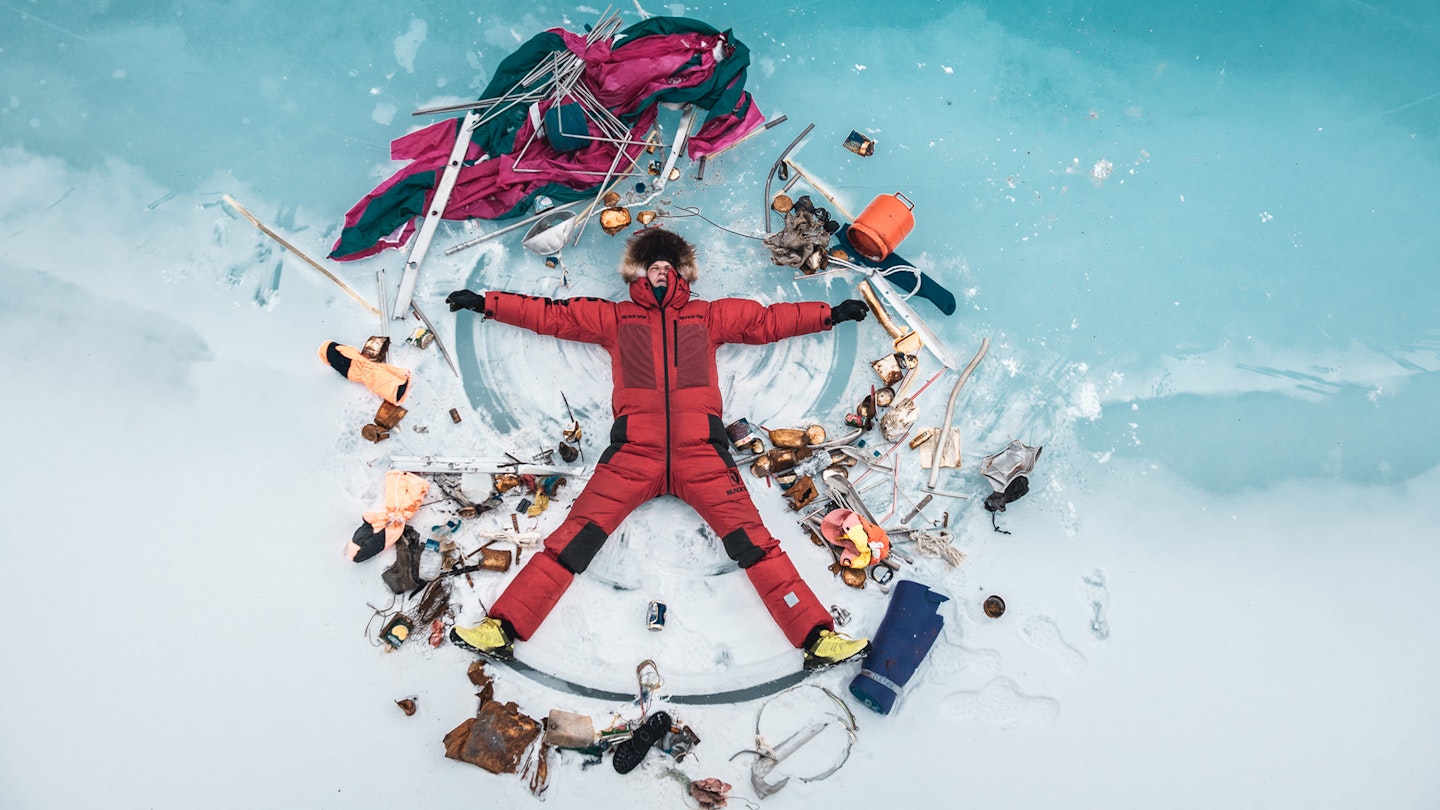
“But then, of course, the wind is the limiting factor again. You can camp until maybe 100kph, but everything beyond that is not safe, and to climb to the summit… you could maybe do it in 40kph wind speed, but that’s already a lot.”
None of this yet takes into account the route. Only 15 people have ever successfully summited Everest in winter and all followed the ‘normal’ South Col-Southeast Ridge route via the Khumbu Icefall. Jost, however, is not taking the normal route. Deeming the Khumbu Icefall too risky a prospect for a solo winter project and seeking a sense of the unknown, he chose the Lho La/West Ridge route. This has never been climbed in winter and, according to Himalayan Database, only three times before, ever.
“I want to know what’s up there,” he says. “There’s not much information. So that’s very fascinating.”
To do it, he has to first ascend an unstable wall of rock and ice to breach Lho La, a 6006m col between the Khumbu and Tibet, then traverse the windblown west shoulder, and finally enter the Hornbein Couloir: a narrow gully packed with hard blue ice that, from an already sheer angle, pitches even more steeply upwards to open almost directly below the summit.
“From 8500m there is technical climbing up to UIAA Grade V*. That is very, very demanding for that altitude,” he explains.
“The route has technicality, it has extreme elements, like the extreme cold and the wind, and it has the lack of oxygen. Those things make it the biggest, baddest thing that I could imagine.”
Riding the shockwave
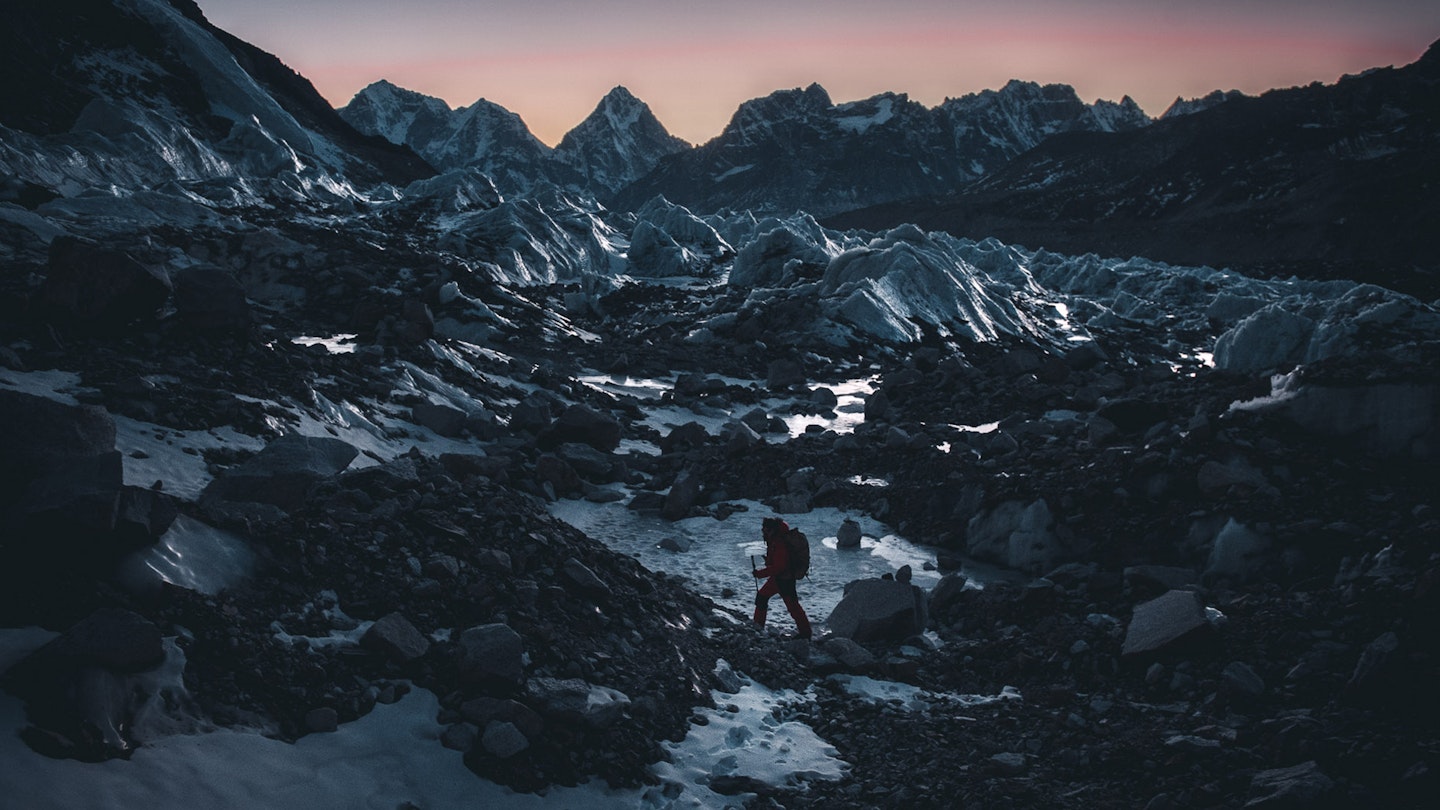
It was around 6am on January 7 when Jost was jolted awake. He’d started his attempt on December 22, the first day of astronomical winter, and on the 27th set a new altitude record for the West Ridge: 7537m. He was partway into a second foray when the earthquake struck.
“It was pretty early in the morning, still dark,” he says. “It was very loud because all these rocks, everything was coming down. It’s like it’s steaming from all the stuff that’s moving and the whole mountain is vibrating. It’s like you’re inside a truck engine or something.”
He had pitched his tent in the shelter of a granite outcrop on a ridge between two huge gullies, each capped with an immense serac.
“I thought at first that a big serac to the left of my campsite had collapsed,” he says. “But when I looked out of my tent I saw that everything was shooting down, left and right, and there was a lot of rockfall, which is not typical for avalanche scenarios.” Moments later, a huge serac above his campsite collapsed, exploding down the mountain. The shockwave – a boom of air carrying splinters of ice – pierced holes in his tent and blew out a window.
“I was running a checklist in my mind,” he says. “Check number one: can I be hit by any solid material like rocks or ice here? No, it’s an ideal spot. Check number two: if a shockwave hits me, can I be blown off in my tent? But that’s a very wind-sheltered spot and I had attached my tent, in addition to normal attachments, with a climbing rope.”
And then, with a smile in his voice, he says, “So, I was like, no worries, you know?” and he went back to sleep.
The traffic lights

When climbing, Jost grades sections of the route on a traffic light system: green is where you’re as relaxed as if you were chilling on your sofa back home. Red is where you’re on high alert. “After an earthquake – which creates a lot of instability with potential aftershocks at any moment – well, these red zones become even more red,” he says. After waiting for things to settle, he packed up and made his way down, moving fast, minimising exposure.
The destabilisation of the mountain meant the end to that stage of the project. Rather than taking a risk on the mountain, he headed back to Chamonix in the French Alps to resume training.
“Obviously I went there and I didn’t reach the summit,” he says. “And if you haven’t learned to love the process, to embrace that feedback in order to become better, it’s incredibly painful to learn that you are not good enough yet. But ultimately, if you don’t face it, I believe you’re not building skill and you’re not reaching your full potential.”
He’s methodical about this. The summit is the goal, but not at any cost.
No-one has ever reached the top of Everest in winter without support and supplemental oxygen. It remains inaccessible to all but the most conditioned of athletes in the most fortuitous of weather windows – and as yet only in theory.
“I have set a goal that is audacious,” he says. “I know that I’m not yet the alpinist that I need to be in order to succeed. I do what I do in order to become that alpinist. One who is able to climb Everest, in winter, solo, without oxygen, via the West Ridge.”
Hanging in the balance
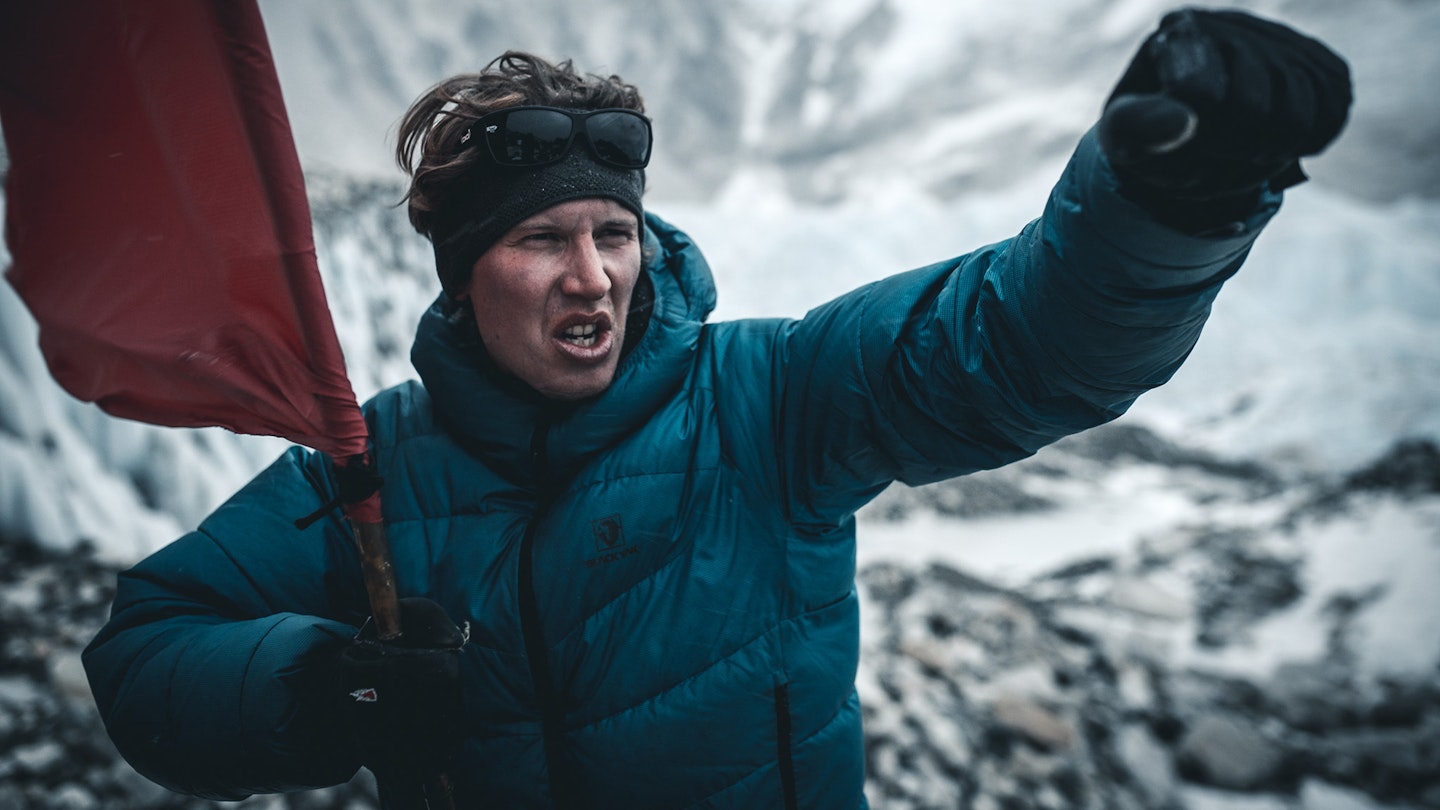
Since we spoke to Jost, the Nepalese government has published an amendment to its climbing legislation, mandating guides on all climbing expeditions and a 2:1 client-to-guide ratio on 8000m peaks. It might end Jost’s project at a stroke.
But it also might not. Speaking to the Kathmandu Post, Mingma Sherpa, Managing Director of Seven Summits Treks, suggested that a climber could hire a guide to comply with the rule while still actually climbing on their own. Jost has yet to release a statement. It remains to be seen whether he will return or shift his focus.
“My ‘why’ is the curiosity,” he told us. “I’m so curious about what I can do as an alpinist and ultimately what I can do as a human being. That’s a way to really go to the absolute limit.”
Everest in winter: The records
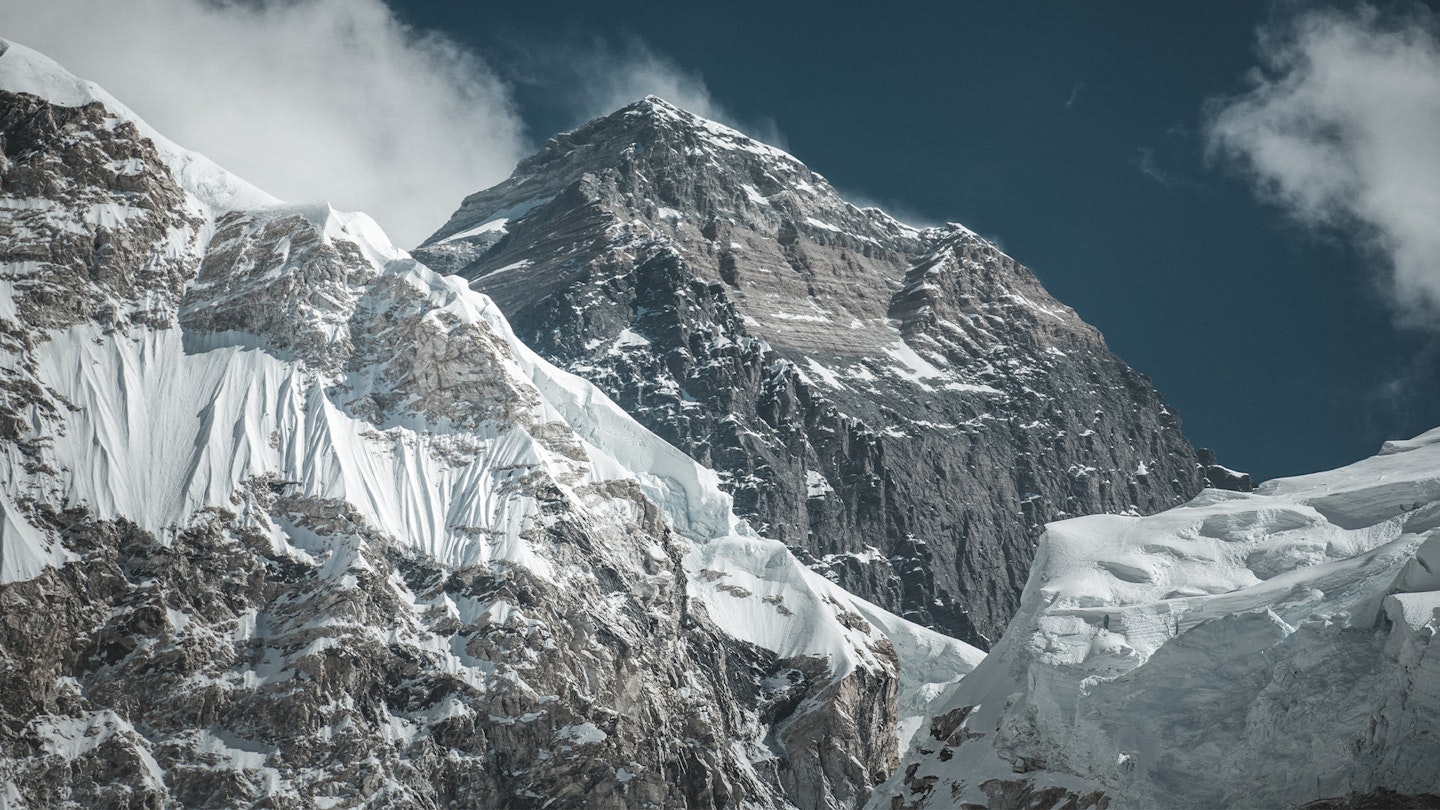
-
1980: Krzysztof Wielicki and Leszek Cichy, part of a 21-person team, are the first to summit Everest in winter, on February 17 at 2.30pm.
-
1982: Yasuo Kato, the first person to climb Everest from both Nepal and Tibet, reaches the summit solo after climbing as part of a nine-person team up to Camp IV. He and Toshiaki Kobayashi died on the descent, after being caught in a storm during a bivouac on the South Col.
-
1987: Ang Rita Sherpa summits without supplemental oxygen alongside South Korean climber Heo Young-ho.
“Looking for a way to stay single forever? Start mountaineering.”
– Jost Kobusch, absolute legend
